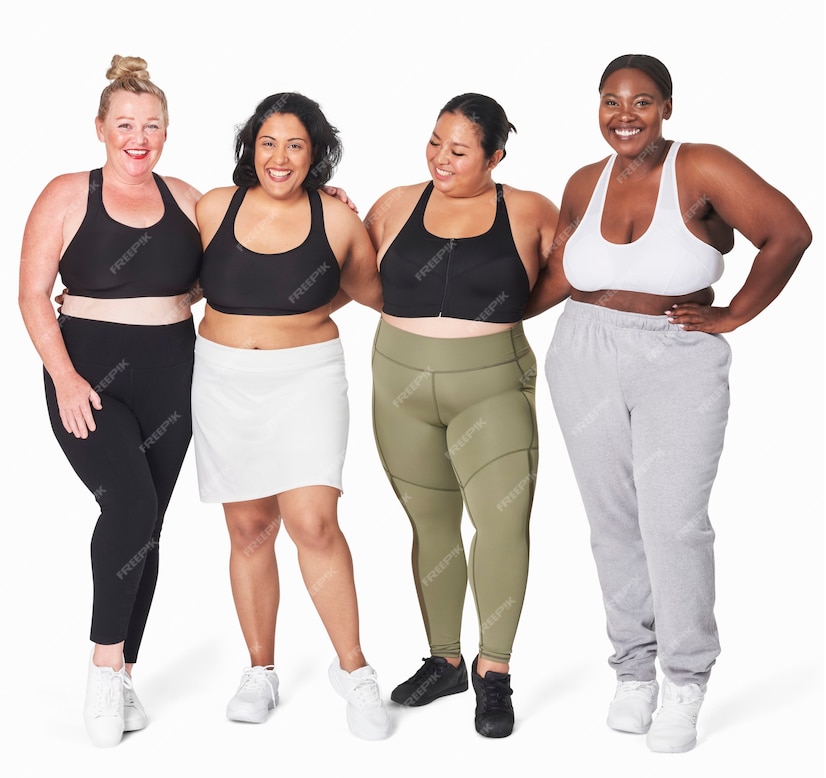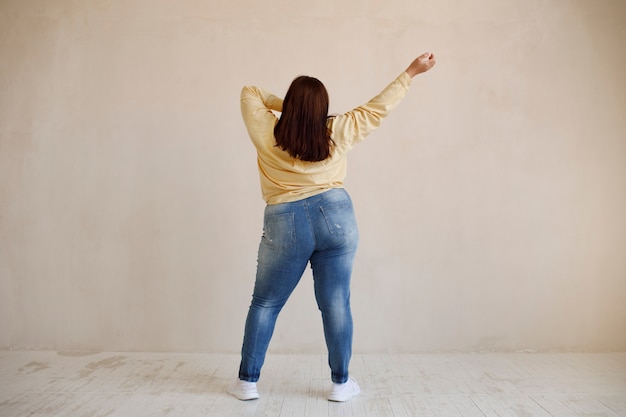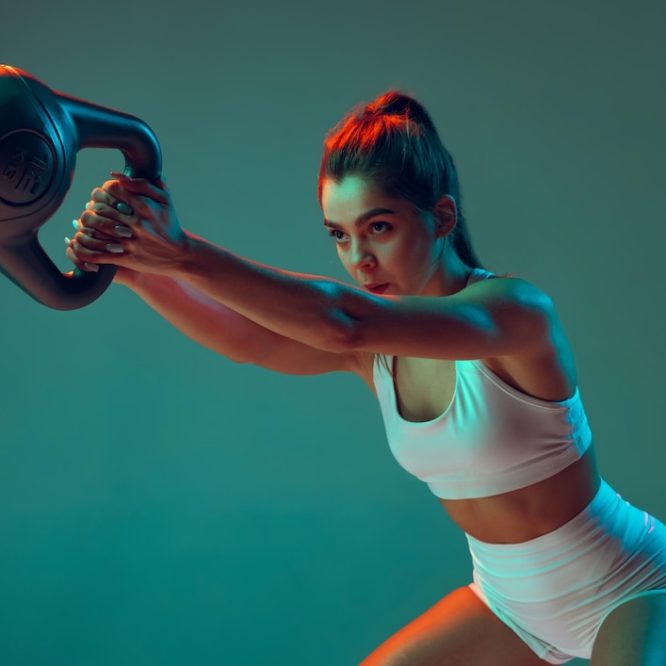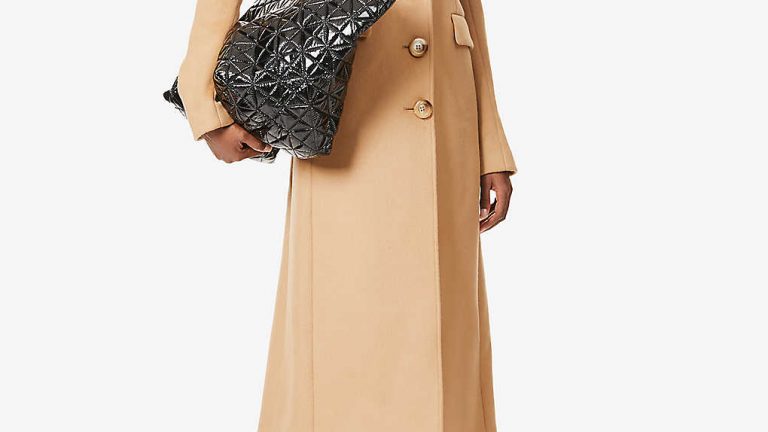A Closer Look at the Zero-Size Debate
The fashion industry has long been a trendsetter, influencing everything from what we wear to how we perceive beauty. But one topic that’s generated intense debate is whether the fashion industry should promote the “zero size” figure. This discussion not only affects the industry but also touches on broader issues like mental and physical health, body inclusivity, and societal norms. Let’s dive into this complex issue and explore both sides of the argument.

From Curves to Zero Size The Evolution of Beauty Standards
Beauty standards in fashion have evolved dramatically over the years. In the early 20th century, fuller figures like those of Marilyn Monroe were celebrated. Fast forward to the late 1990s and early 2000s, and the “zero size” figure became the ideal, largely influenced by supermodels like Kate Moss. This shift has had far-reaching consequences, shaping how people view themselves and others. Understanding this history helps us grasp why the zero-size debate is so heated.
The Argument for Zero-Size Figures
Proponents of promoting zero-size figures argue that fashion is an art form. Designers often use extremely thin models to better showcase their creations, allowing the fabric to drape and move in specific ways. Additionally, they claim that zero-size models are more versatile, making it easier to fit a wide range of clothing styles. However, this perspective often overlooks the harmful impacts on both models and consumers.
The Argument Against Zero Size Figures
Critics argue that promoting zero-size figures sets unrealistic and unhealthy beauty standards. Young girls and women, in particular, may feel pressured to conform to these ideals, leading to issues like eating disorders and low self-esteem. Furthermore, the fashion industry’s focus on thinness can marginalize those who don’t fit this narrow mold, perpetuating a cycle of exclusion and bias.
The Current State of Body Inclusivity in Fashion
Thankfully, the fashion industry is beginning to recognize the importance of body inclusivity. Brands like Aerie, Dove, and Savage X Fenty have made significant strides in promoting diverse body types. Plus-size models like Ashley Graham and Paloma Elsesser are gracing magazine covers and runways, challenging the zero-size norm. Yet, there’s still a long way to go. Many high-end fashion brands remain resistant to change, highlighting the ongoing struggle for inclusivity.

Insights from Experts and Influencers
Experts and influencers play a crucial role in shaping public opinion and industry standards. Psychologists warn that zero-size figures can harm mental health, while nutritionists emphasize the importance of balanced diets over extreme thinness. Influencers like Jameela Jamil and Lizzo advocate for body positivity, encouraging their followers to love themselves as they are. These voices are essential in pushing the industry toward healthier and more inclusive practices.
The Impact on Mental Health
Promoting zero-size figures can have severe mental health repercussions. Studies show that exposure to extremely thin models can lead to body dissatisfaction, anxiety, and depression. For trendsetters and fashion enthusiasts, this can create a toxic environment where one’s worth is tied to their appearance. Addressing this issue is vital for fostering a healthier, more inclusive community.
The Role of Social Media
Social media platforms like Instagram and TikTok play a significant role in perpetuating or challenging beauty standards. While these platforms can promote unrealistic ideals, they also offer a space for body-positive influencers to share their message. The rise of hashtags like #BodyPositivity and #LoveYourself indicates a growing movement against harmful beauty standards, providing a counter-narrative to the zero-size ideal.

The Responsibility of Fashion Brands
Fashion brands hold considerable power in shaping societal norms. By choosing to promote diverse body types, they can help shift public perception and encourage healthier standards. Brands that fail to do so risk alienating a significant portion of their audience, especially as consumers become more aware of the importance of inclusivity.
The Economic Benefits of Inclusivity
Promoting body inclusivity isn’t just ethically right; it’s also economically beneficial. Studies show that inclusive brands often enjoy higher customer loyalty and increased sales. By catering to a broader audience, these brands can tap into a larger market, driving growth and profitability.
The Creative Freedom Argument
Some argue that forcing designers to use models of all sizes stifles creativity. Fashion, they claim, should be about artistic expression without constraints. While this perspective has merit, it doesn’t justify the exclusion of diverse body types. A balanced approach can maintain creative freedom while promoting inclusivity.
Moving Toward a Balanced Approach
The fashion industry must find a middle ground between promoting artistic freedom and ensuring inclusivity. By celebrating diverse body types, the industry can foster a more inclusive environment without sacrificing creativity. This balanced approach benefits everyone, from designers and models to consumers and society at large.
Conclusion
The debate over promoting zero-size figures in fashion is complex, touching on issues of health, inclusivity, and artistic freedom. While the industry has made strides toward greater inclusivity, there’s still much work to be done. By adopting a balanced approach, the fashion industry can continue to innovate and inspire without perpetuating harmful beauty standards. For those passionate about fashion and inclusivity, now is the time to advocate for change and support brands that promote a healthier, more diverse image.
Ready to make a difference? Engage with us and our community to explore more on this topic and join the movement for a more inclusive fashion industry.



